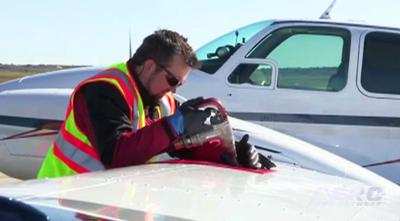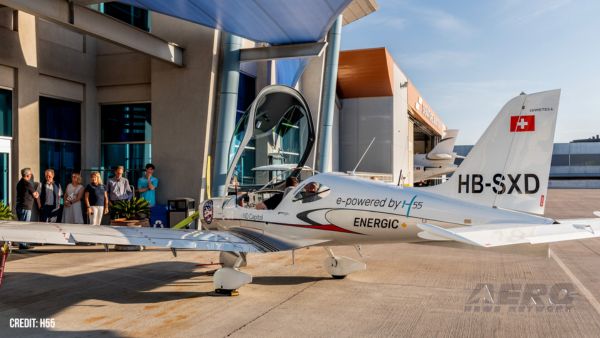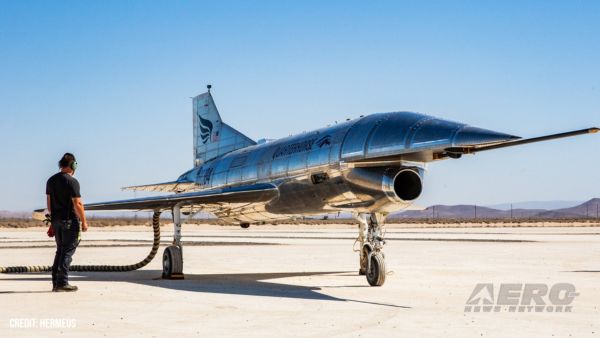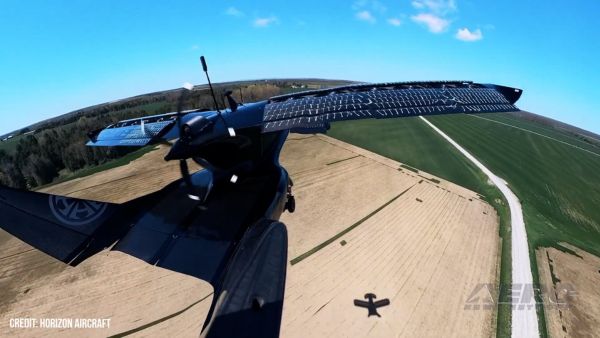Wed, Feb 26, 2025
Fleet Authorization Q&A
EAGLE is a government-industry initiative to Eliminate Aviation Gasoline Lead Emissions involving the aviation and petroleum industries, government stakeholders, and a broad range of interested parties and constituents collaborating to transition to lead-free fuels for piston engine aircraft by 2030 without compromising the safety or economic health of the general aviation industry.

The group is presenting a series of updates describing the progress being made and how the various parts are making the transition come to fruition. The first update in December 2024 presented how pilots and aircraft owners are affected by the STC process and what’s involved in that.
In its latest update, the consortium discusses how the FAA is managing the fleet authorization process for approval of unleaded fuel.
EAGLE describes what the FAA’s fleet authorization process is and why it is important for pilots and owners. The process was developed through the use of the Piston Aviation Fuels Initiative (PAFI) with guidance by ASTM standards. This will result in the authorization of qualified unleaded fuels for use in aircraft that are identified by make and model that are able to safely operate with the fuels. Those will be compiled and published in the FAA’s Eligible Fleet Authorization Summary Report.

To accomplish this, the FAA collaborates with industry to test candidate fuels and their compatibility with various aircraft materials, engines, operating environments, and supply chain components.
Once a fuel is deemed qualified and published in the Summary Report, the FAA will issue a Special Airworthiness Bulletin (SAIB) that identifies the fuel and specify which aircraft and engines are eligible to use it.
Fleet authorization differs from the STC in that the STC requires FAA approval for each specific aircraft model and engine model. Once a fuel is approved, aircraft owners musr purchase the STC and work with a certified mechanic to implement the modifications required by the STC. Further details about the initiative and approval processes are provided on the EAGLE website.
More News
From 2021: The Inside Skinny On What Being An ANN Oshkosh Stringer Is All About By ANN Senior Stringer Extraordinare, Gene Yarbrough The annual gathering at Oshkosh is a right of p>[...]
Video Showed That During The Takeoff, The Nose Baggage Door Was Open On May 10, 2025, about 0935 eastern daylight time, a Piper PA-32RT-300, N30689, was destroyed when it was invol>[...]
Get The Latest in Aviation News NOW on Instagram Are you on Instagram yet? It's been around for a few years, quietly picking up traction mostly thanks to everybody's new obsession >[...]
"I think what is key, we have offered a bonus to air traffic controllers who are eligible to retire. We are going to pay them a 20% bonus on their salary to stay longer. Don't reti>[...]
Aero Linx: Pilot Briefing The gathering, translation, interpretation, and summarization of weather and aeronautical information into a form usable by the pilot or flight supervisor>[...]
 Oshkosh Memories: An Aero-News Stringer Perspective
Oshkosh Memories: An Aero-News Stringer Perspective NTSB Prelim: Piper PA32RT
NTSB Prelim: Piper PA32RT ANN FAQ: Follow Us On Instagram!
ANN FAQ: Follow Us On Instagram! Aero-News: Quote of the Day (05.28.25)
Aero-News: Quote of the Day (05.28.25) ANN's Daily Aero-Term (05.28.25): Pilot Briefing
ANN's Daily Aero-Term (05.28.25): Pilot Briefing




